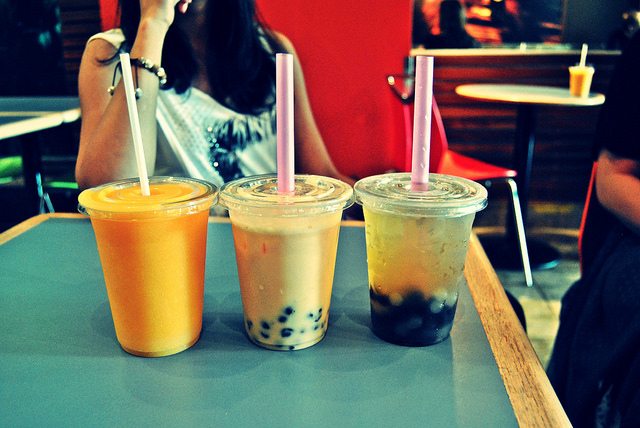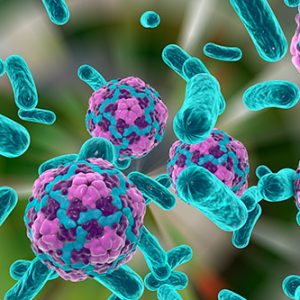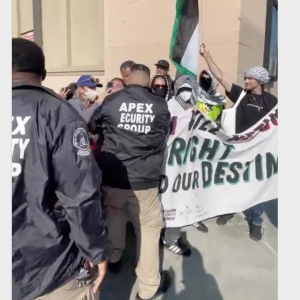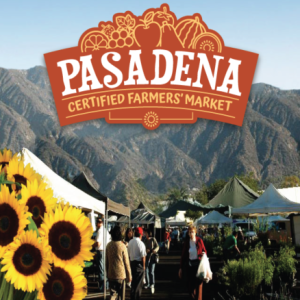 View Winners →
View Winners → Putting the Boba Cancer Controversy to Rest


Tapioca milk tea is the latest drink trend to hit Southern California, but a few alleged health concerns have had boba-lovers worried. What’s really in their boba pearls? — Courtesy photo / Nabeela Is (CA BY-NC-ND 2.0)
The popular tapioca pearl drink has sent Southern California into a boba frenzy — what’s actually in it?
By Sarah Wang
Long-time boba fans can likely recall reading through the headlines denouncing their favorite go-to drink in horror, including memorable titles like “Tapioca Pearls May Contain Cancer-Causing Chemicals” and “Will You Drink Bubble Tea If It Causes Cancer?”. It all started when German researchers from the University Hospital Aachen (Uniklinikum Aachen) published a study that reportedly found traces of cancer-causing chemicals known as aspolychlorinated biphenyls, or PCBs, including certain types of styrene, acetophenone, and other unspecified brominated substances.
According to the U.S. Environmental Protection Agency (EPA), PCBs were first introduced into the manufacturing industry in the 1920s, but the U.S. government imposed a ban on the carcinogen in 1979 after PCBs were found to have adverse impacts on human health and the environment. So how did these PCBs get into our beloved tapioca pearls?
What the headlines didn’t care to mention was that the boba samples were actually taken from an unnamed beverage chain in Mönchengladbach, in northwest Germany, and the pearls themselves were supposedly made in Taiwan.
The Taiwanese government was quick to investigate this claim and after a round of testing, the Consumer Protection Committee found that none of the 22 samples from seven major manufacturers contained styrene — a statement that was backed by the Taiwanese Food and Drug Administration. In a statement to Focus Taiwan, Feng Jun-Ian, a FDA official, added that the samples used in the German study are uncommon in Taiwan and because the German media “did not specify the instruments and methods used in the test or the amounts of carcinogenic substances found” and “only snippets of information from private organizations and a university lab were cited,” the authenticity of the results remain unclear. She added that the food coloring additives and other packaging materials may have contributed to the miniscule amounts of brominated matter, which can even be found in plain tap water.
Several established American institutions also stepped up to defend the popular drink topping. Noah Bartolucci, a spokesperson for the U.S. Food and Drug Administration, reassured the public that “Both acetophenone and styrene are aromatic compounds, but being an aromatic compound is not, in and of itself, a reason for toxicological concern,” especially when the amounts found in the German study were too small to be of significant concern. He continued, “The FDA conducted a safety assessment for each of these substances before they could be used in food intended for the U.S. market,” which confirms U.S. boba manufacturer’s insistence that their products were completely safe for human consumption. UC Berkeley’s Wellness journal also noted that “the researchers failed to note how much of any of the substances they found… which is important because, as the phrase goes, it is the dose that makes the poison.” The entry’s author, Keng Lam, reveals that the report was “not published in a peer-reviewed journal, so the study itself was not evaluated by other scientific experts to ensure its accuracy.”
Long story short (or TL;DR, as they say now): boba does not cause cancer. It’s likely that the limited findings of the study were taken out of context — a classic example of how false information can spread fear and distrust.
However, just because boba doesn’t pose a chemical risk doesn’t mean boba-lovers shouldn’t consider its health implications. The chewy tapioca pearls may make for a delicious and fun drink, but consumers should be aware of boba’s meager nutritional value. Boba, which is made from the neutral-tasting cassava root, is high in both calories and carbohydrates and is often stored in sugary syrup to create its signature taste. According to LiveStrong, a single cup of boba contains 544 calories and 132 grams of carbohydrates — which is definitely too much to be consuming in a single serving every day.
That being said, boba can be appreciated in moderation — boba skeptics can give this cancer-free drink a try and boba lovers can continue enjoying this delicious refreshment!










































































































